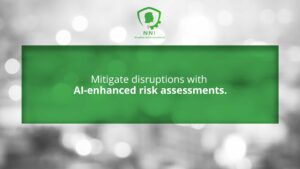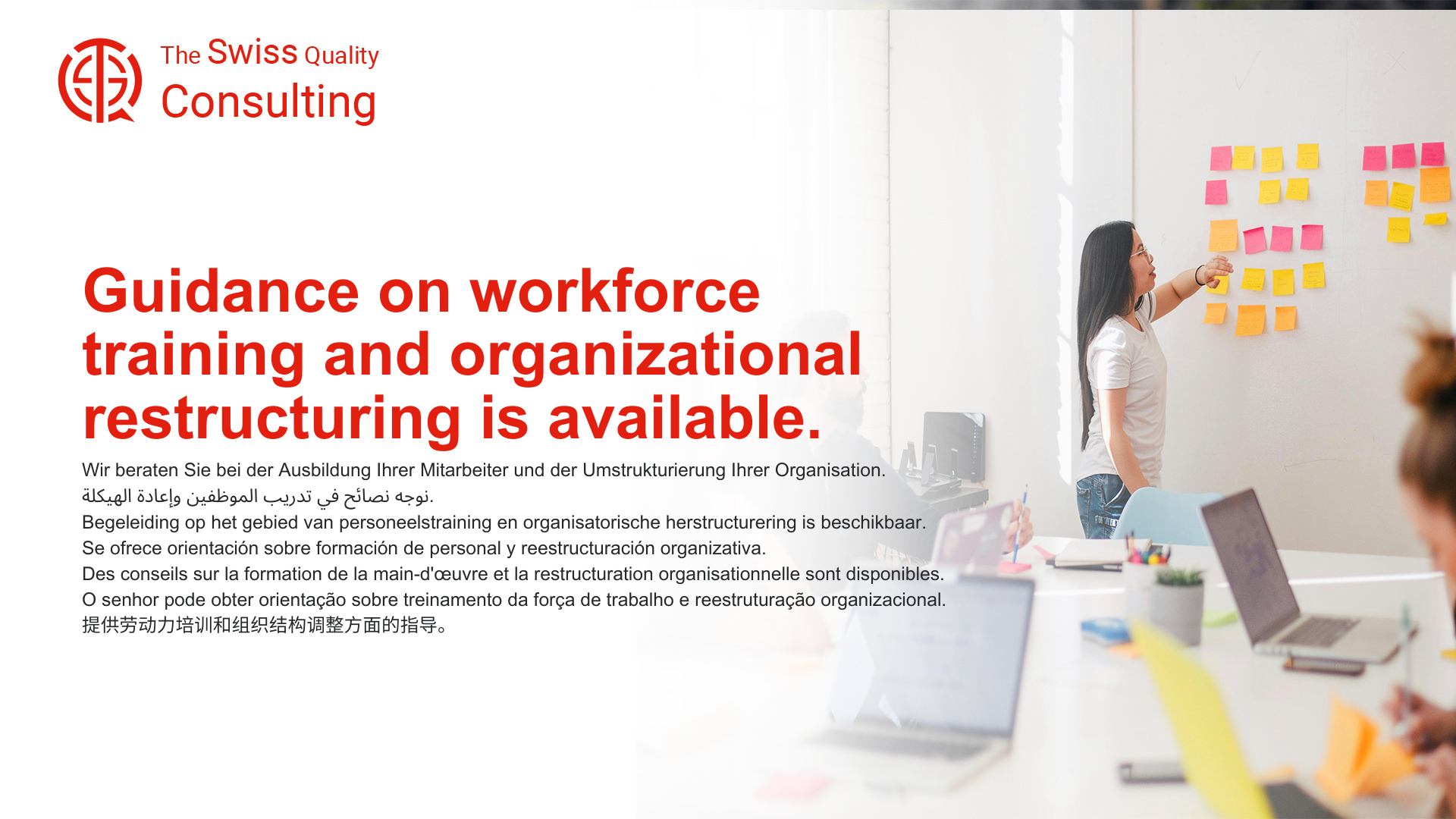The Growing Threat to Supply Chains and Cloud Systems: Cybersecurity in Supply Chains and Cloud Computing
Change Management in Cybersecurity
Effective change management transcends the realm of mere policy adjustments; it demands an integrated approach that encompasses the full spectrum of business operations, especially when addressing cybersecurity challenges. In the context of supply chain disruptions and cloud vulnerabilities, businesses must craft dynamic strategies that are both nimble and comprehensive. This involves not just a swift adaptation to emerging threats but also the foresight to anticipate and prepare for potential disruptions.
Central to these dynamic strategies is an in-depth understanding of the technological landscape. Companies must stay abreast of the latest developments in cybersecurity, including the evolving tactics of cybercriminals and advancements in protective technologies. This technical knowledge, however, must be complemented by a robust grasp of the human factors that play a crucial role in cybersecurity. Employees at all levels of the organization should be educated and continuously trained on best practices for cyber hygiene, recognizing the signs of a breach, and the steps to take in the event of a cyber incident.
Moreover, procedural elements are just as vital. This includes developing and implementing clear protocols for responding to cyber threats, regular audits of cybersecurity measures, and the establishment of a dedicated crisis management team. These procedures should be regularly reviewed and updated to reflect the dynamic nature of cyber risks.
Effective change management in cybersecurity also means fostering a culture of vigilance and resilience within the organization. Employees should be encouraged to take an active role in safeguarding the company’s digital assets, promoting a sense of collective responsibility for cybersecurity.
In addition, businesses must also consider the external facets of their supply chain and cloud operations. This involves working closely with suppliers, partners, and cloud service providers to ensure that they also adhere to stringent cybersecurity standards, thereby creating a secure ecosystem for business operations.
Executive Coaching for Cyber Resilience
Executive coaching services play a vital role in equipping leaders with the skills necessary to navigate these complex challenges. Through coaching, leaders can gain insights into effective risk management, crisis response, and decision-making processes critical in maintaining cybersecurity.
Strengthening Cybersecurity Through Clear and Transparent Communication
In the modern digital era, where cybersecurity threats loom large, the role of effective communication has become more critical than ever. It’s not just about implementing the best technology; it’s about ensuring that every part of the organization understands and adheres to these measures. The cornerstone of managing cybersecurity threats lies in the clear articulation of policies, proactive education of employees about best practices, and maintaining open channels of communication, especially during crises.
Articulation of Cybersecurity Policies
Effective management of cybersecurity threats begins with clear communication of the organization’s policies. It is essential that these policies are not only well-documented but also effectively disseminated throughout the organization. Every employee, from the C-suite to entry-level, needs to understand what these policies entail and how they apply to their specific roles. This clarity prevents ambiguities and ensures that everyone is on the same page regarding cybersecurity protocols.
Educating Employees on Best Practices
Education and awareness are key in cybersecurity. Regular training sessions, workshops, and communication campaigns can significantly elevate the organization’s overall security posture. Employees should be made aware of the latest threats, the importance of practices such as strong password hygiene, the dangers of phishing attacks, and how to report suspicious activities. This continuous education helps in building a culture of security awareness and vigilance.
Maintaining Open Communication During Crises
In the event of a cybersecurity incident, open and swift communication is paramount. The organization must have a defined protocol for communicating during a crisis, both internally and externally. This involves not only informing stakeholders about the incident but also providing regular updates on the response measures being taken. Such transparency is crucial in maintaining trust and ensures a coordinated and efficient response to mitigate the impact of the threat.
Leveraging Generative AI in Cybersecurity
Generative Artificial Intelligence (AI) can provide innovative solutions in enhancing cybersecurity measures, especially in supply chain management and cloud computing. AI-driven analytics can predict vulnerabilities, automate threat detection, and offer advanced protection strategies.
Conclusion
The threat to supply chains and cloud systems from hackers highlights the pressing need for advanced change management techniques and strong leadership in the digital age. By integrating effective strategies, leveraging AI, and fostering skilled leadership, businesses can safeguard their operations against these growing digital threats.
#Cybersecurity, #SupplyChainManagement, #CloudSecurity, #BusinessResilience























